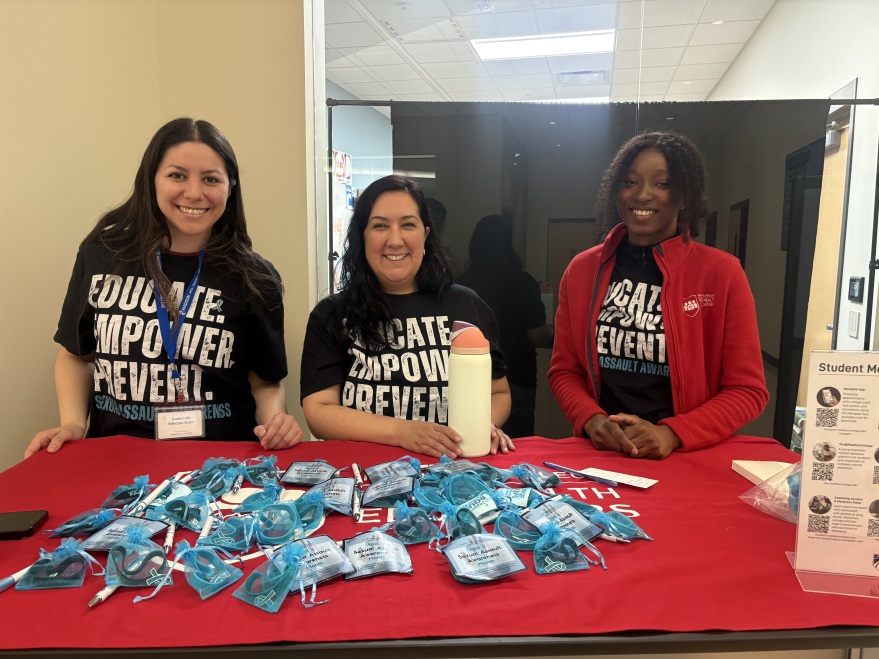Try some slow reading at the library
November 12, 2014
Driven by technology, the overriding message these days seems to be that faster is better, and that striving to do things even faster is the only way to go. However, it might be worth your time to consider slowing down.
Slow movements embrace the concept of slowing down the pace of activities and being more involved with them. The Slow Food Movement is the most well-known example of this. It focuses on getting food that’s grown locally, taking the time to prepare it, and enjoying the meal slowly in the company of others.
A slow movement you might not be familiar with is the Slow Reading (or Slow Book) Movement. In this day and age, when people are reluctant to read more than 140 characters at a time, advocates of slow reading argue that it can have many physical and emotional benefits.
A Sept. 16, article in the Wall Street Journal Online by Jeanne Whalen highlights studies showing that slow reading habits can help reduce stress, improve comprehension, increase creativity, be more empathetic, and broaden perspectives. Whalen suggests carving out thirty minutes a day for uninterrupted reading (preferably away from technology). If it’s hard to motivate yourself to adopt the habit alone, the article suggests forming a silent reading club, where people get together to enjoy some food and drinks while quietly reading.
A Spring 2010 article by Sven Birkets in the journal American Scholar examines the neuropsychological effects of fast reading in the digital age, concluding that slow reading of a novel can improve comprehension skills in a way that fast reading cannot.
A search on the phrase “slow reading” in our library’s databases will yield many more recent articles touting the long-term benefits of the practice.
To find out more about the concept and benefits of slow reading, check out the book “Slow Reading in a Hurried Age” by David Mikics, available in our libraries. In addition to making the argument for slow reading, Mikics offers many examples of how to go about it. To explore physiological arguments for slow reading, check out “The Shallows: What the Internet is Doing to our Brains” by Nicholas Carr, also available in our libraries.
The point here is not to say there isn’t a place for fast reading and skimming, but that it shouldn’t be at the exclusion of slow reading. Adding a little slow reading can have many positive benefits. An immediate benefit for those of you in college right now is that it can improve your overall comprehension and concentration skills in all classes. Just like physical exercise builds up your muscles and stamina, slow reading can strengthen your critical thinking skills.
Check out a novel or nonfiction book and give the slow reading concept a try. If you’re looking for suggestions of a good book for your venture into slow reading, the Madison College librarians would be very happy to suggest some titles.































